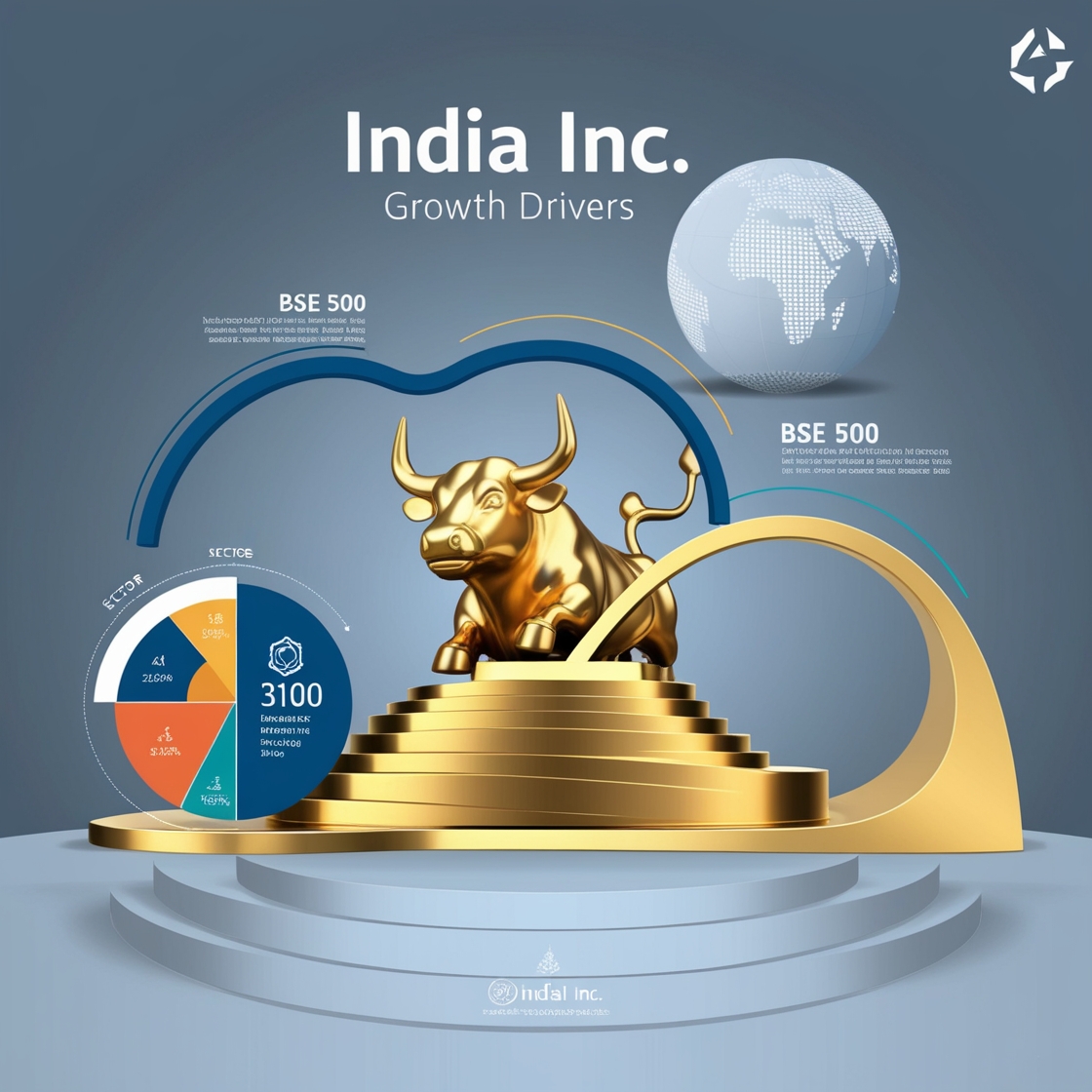In the realm of India’s corporate landscape, a compelling narrative of resurgence is poised to rewrite the script of mergers and acquisitions (M&A). As economic dynamics evolve and private equity players intensify their bets on the Indian market, a strong comeback for M&A activity seems inevitable. This article delves into the intricacies of this transformative trend, highlighting key factors, notable case studies, and future projections.
The Shifting Paradigm of Mergers and Acquisitions
In recent times, the Indian business sphere has witnessed a remarkable transformation. M&A deals, once approached with caution, are now viewed as catalysts for growth and strategic expansion. This shift is underpinned by several factors that have collectively paved the way for a renewed M&A landscape.
Regulatory Reforms and Liberalization
India’s regulatory landscape has undergone a series of strategic reforms, streamlining the M&A process and fostering investor confidence. The introduction of the Goods and Services Tax (GST) and the Insolvency and Bankruptcy Code (IBC) has brought about greater transparency, efficiency, and accountability. These reforms have significantly reduced complexities associated with M&A transactions, positioning India as an attractive destination for both domestic and international investors.
Growing Appetite for Strategic Alliances
Companies today recognize the potency of strategic alliances as a means to unlock new markets, diversify offerings, and harness synergies. In an increasingly interconnected global economy, partnerships forged through M&A can lead to unparalleled growth opportunities. This paradigm shift in mindset has contributed to the resurgence of M&A activity in India.
PEs: Powering the Indian M&A Renaissance
Private equity (PE) firms have emerged as formidable players in India’s M&A landscape, injecting substantial capital and expertise into businesses across various sectors. Their robust appetite for Indian assets is a testament to the nation’s economic potential and the opportunities it presents. Notable case studies illustrate the transformative impact of PE-driven M&A.
Case Study: PE’s Role in Tech Advancement
A prime example of this trend is the technology sector. PE firms have been instrumental in nurturing technology-driven companies, facilitating innovation, and driving market disruption. By infusing capital and strategic guidance, these firms have accelerated the growth trajectories of technology startups, positioning India as a global technology hub.
Charting the Trajectory: Future Outlook and Projections
As we gaze into the future, the trajectory of India’s M&A landscape appears promising, with several trends poised to shape its evolution.
Cross-sector Convergence
One prevailing trend is the increasing convergence of sectors. As traditional industry boundaries blur, companies are exploring cross-sector M&A opportunities to gain competitive advantage. This approach not only fosters innovation but also propels India’s journey toward becoming a knowledge-based economy.
Geostrategic M&A
Geostrategic M&A is another pivotal theme on the horizon. Indian businesses are capitalizing on global shifts in supply chains and market dynamics to forge alliances that amplify their global footprint. This approach bolsters India’s position as a key player in the global economic landscape.
Conclusion
In the grand tapestry of India’s corporate evolution, the M&A narrative is being rewoven with threads of innovation, resilience, and strategic foresight. Regulatory reforms, the ascendancy of private equity, and a vision for a dynamic future underscore the resurgence of M&A activity. As India embraces its destiny as an economic powerhouse, the M&A landscape stands as a testament to its unwavering commitment to progress.











